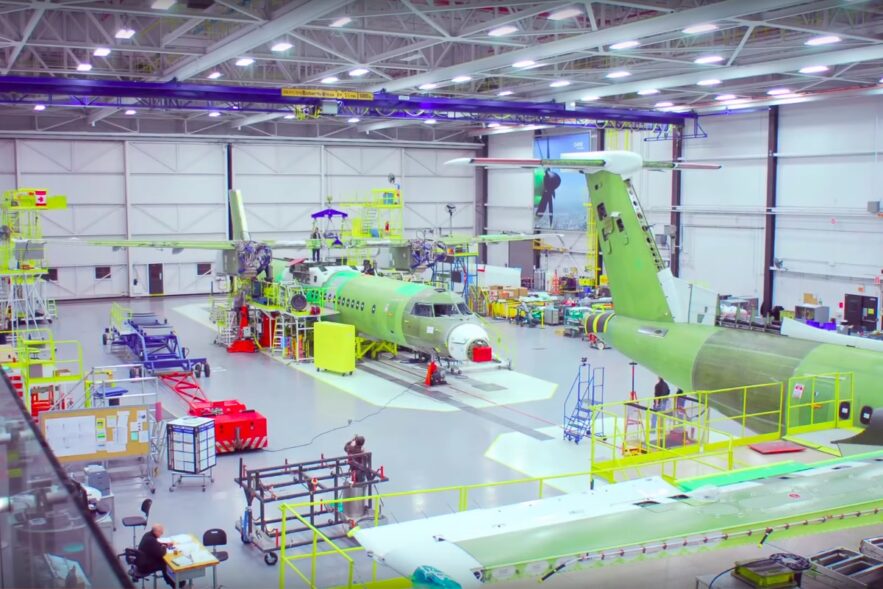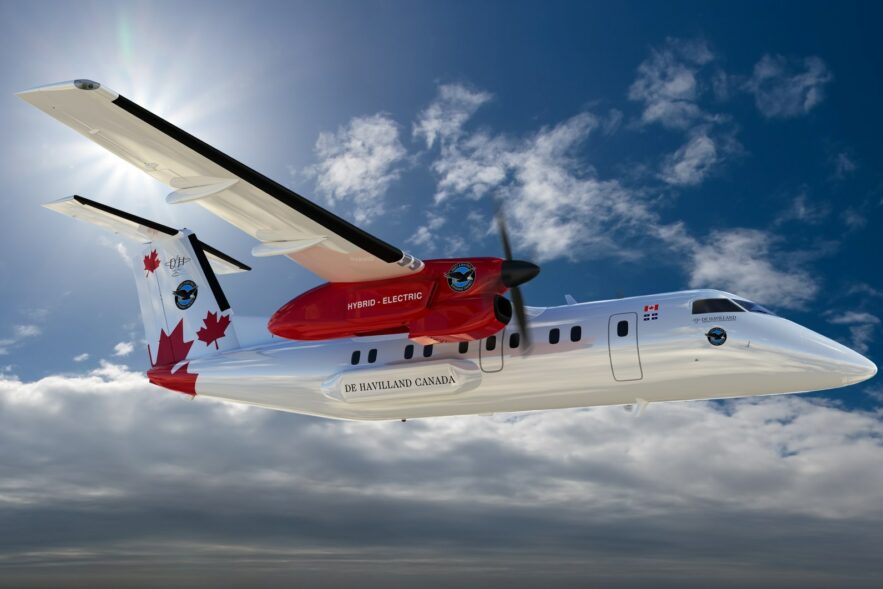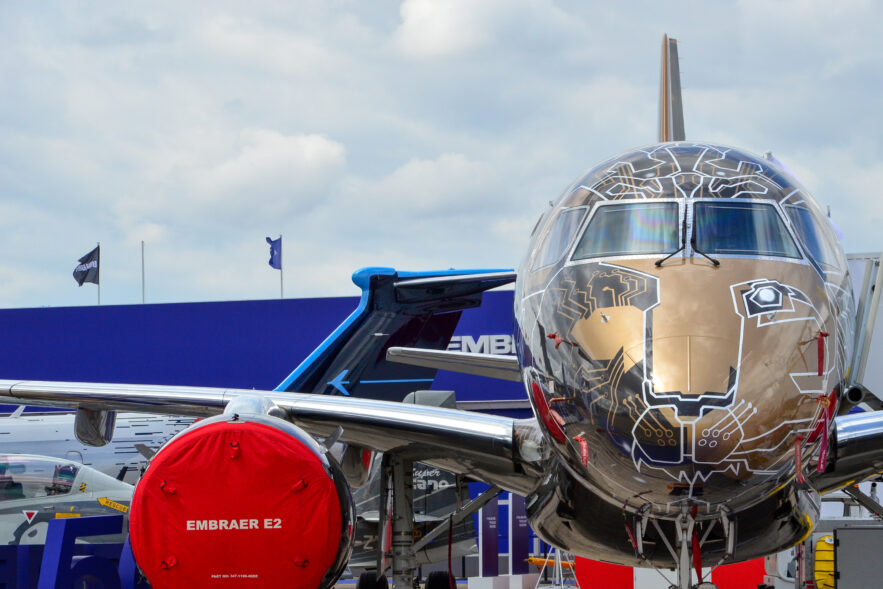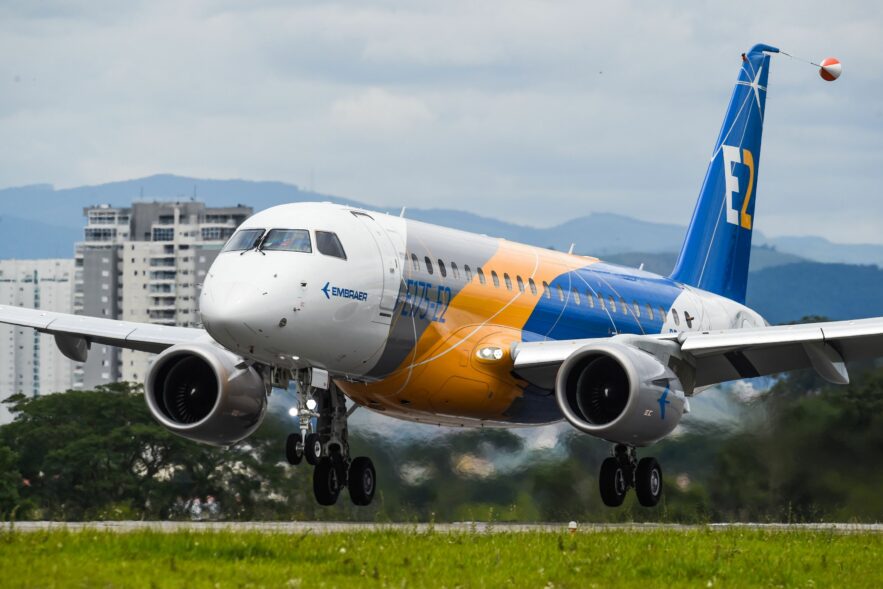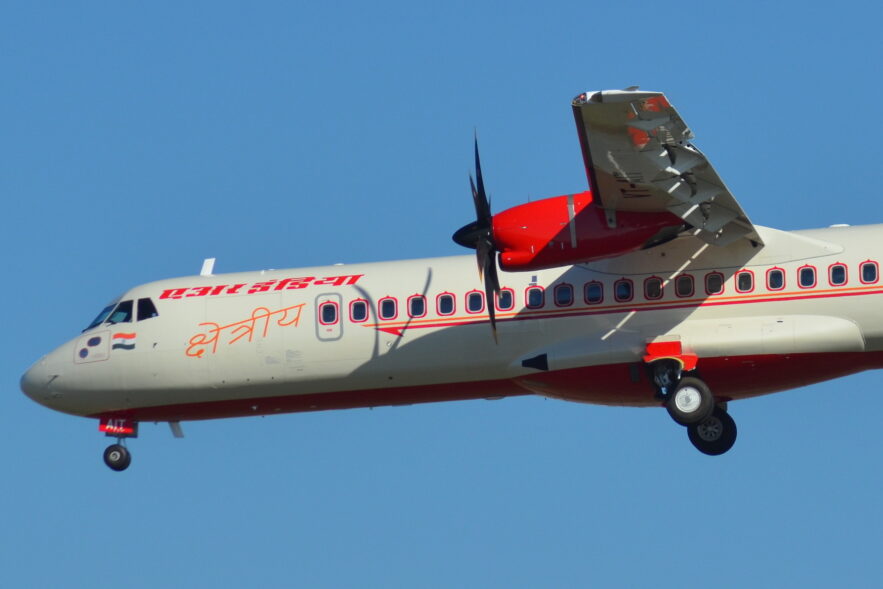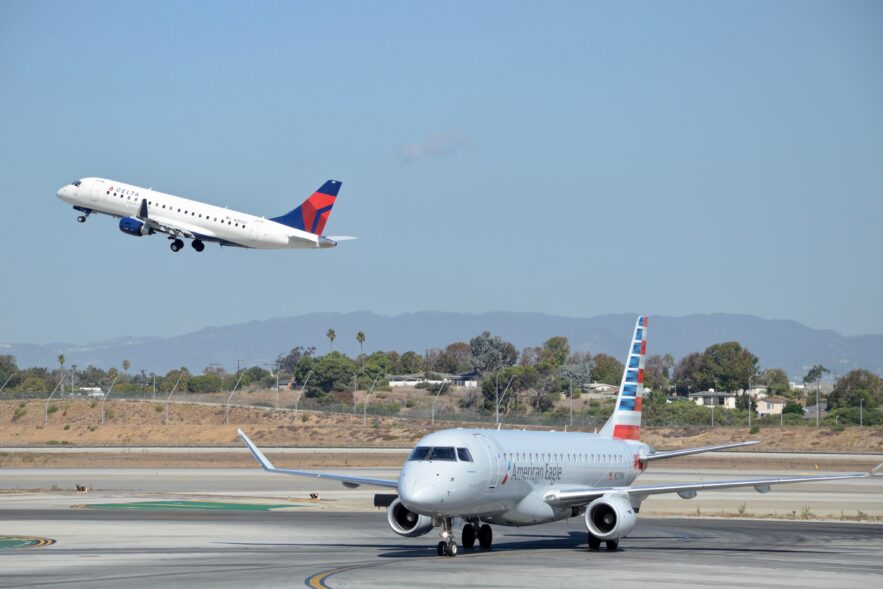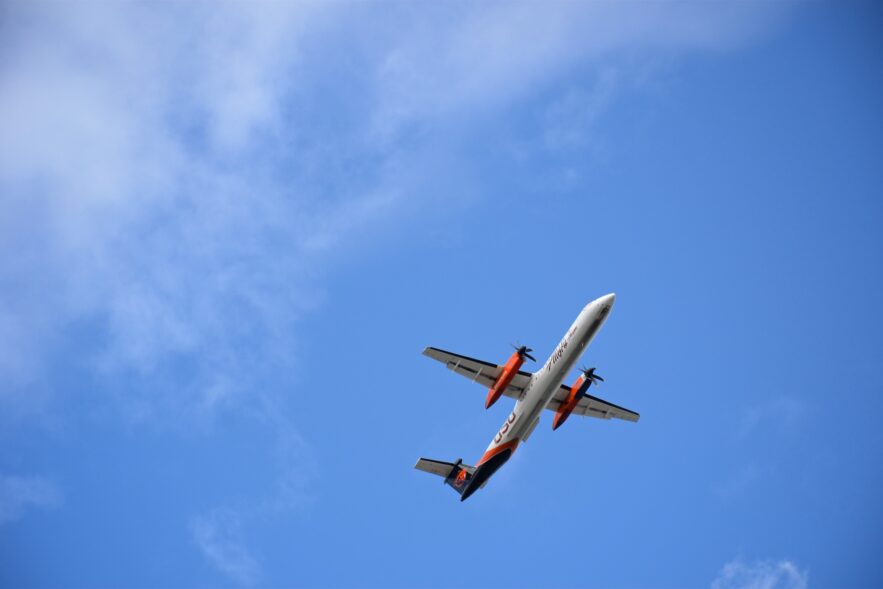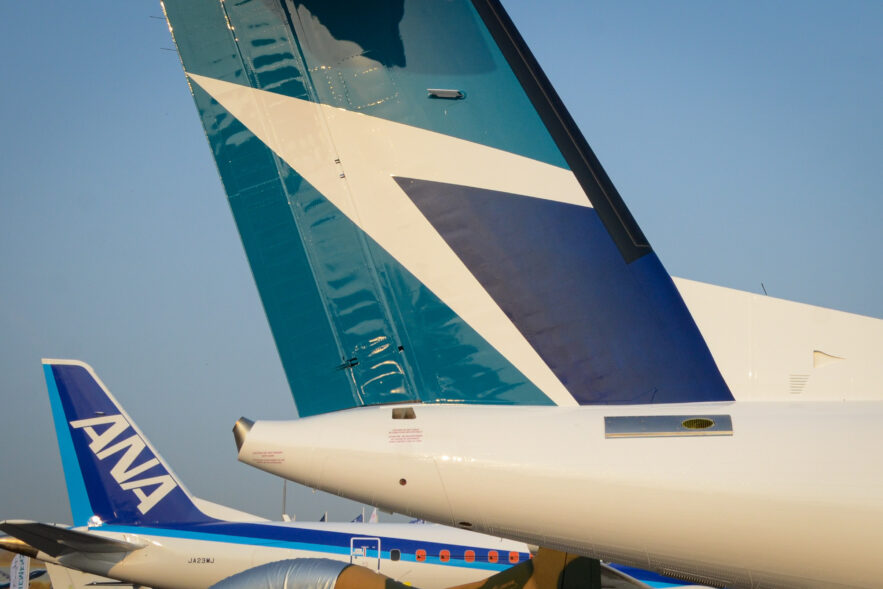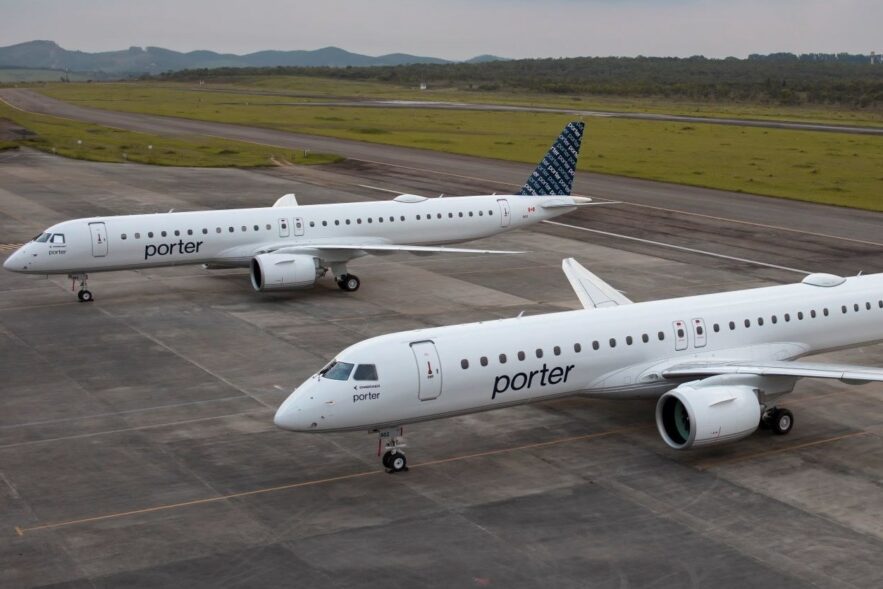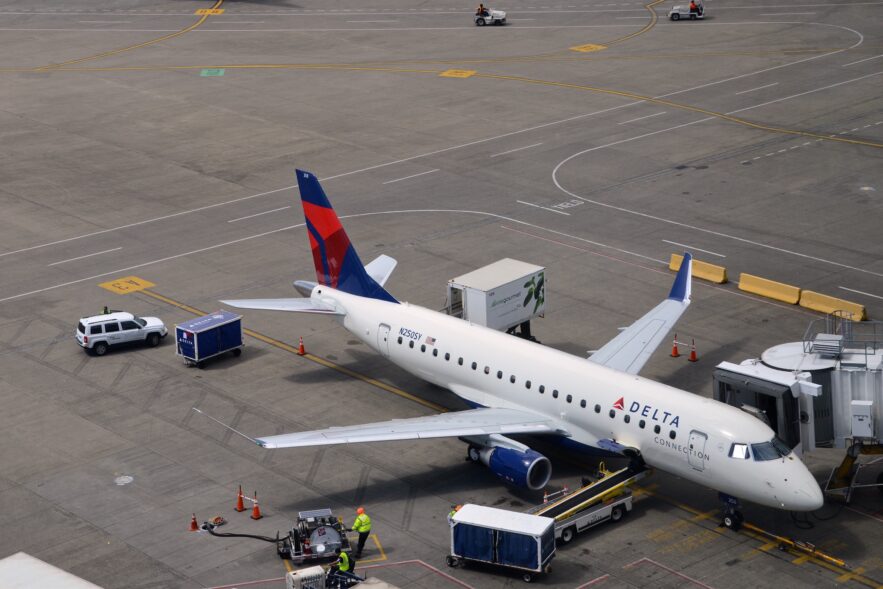With receding regional aviation competitors, Embraer studies a return to a market that hasn’t had the choice of an all-new product in decades. Unique quirks of the turboprop market and Embraer technology planning will pressure E3 market potential. Big leaps in efficiency of single-aisle jets compresses the list of small markets that need a big turboprop.
Sign up to receive updates on our latest scoops, insight and analysis on the business of flying. Nashville, Tenn. —...
DHC and Pratt & Whitney Canada are preparing to heavily modify a retired Dash 8-100 turboprop that will see half of its traditional propulsion replaced with a hybrid design. For the project, Pratt is designing a “new small engine” for sipping fuel at altitude. The 39-seat aircraft will have 20 to 24 battery packs to drive a 1 megawatt electric motor working in tandem with the new engine, providing the necessary horsepower when it’s needed most — at takeoff and climb.
In an extended interview, Arjan Meijer, Embraer's new Commercial Aviation CEO sat down with The Air Current to discuss what it wants in a partner and its path to a new turboprop.
Brazil’s thrice-elected president, Luiz Inácio Lula da Silva, is slated to meet with China’s leader Xi Jinping on April 14, in a pivotal visit between the nations with a potentially profound impact on western aerospace.
The nuances of regional markets, both emerging and established, will offer a path for Embraer's E3, but will also limit its possible success. Turboprop customers are particularly sensitive to aircraft pricing, which will be challenged by the scope and pricing of a new development. By reintegrating its commercial unit, Embraer’s engineering talent is unconstrained to operate across its executive jet, defense and eVTOL businesses.
There’s no one definition of a regional airline and that shows in the pandemic’s rebound. TAC Analysis continues its exploration of which types of regional airlines are excelling in the pandemic era, which are struggling, and what this means for the various aircraft types operating at each.
Understanding the nuances of regional aircraft -- turboprops and regional jets -- is first and foremost a matter of understanding the role of geography in their success.
Log-in here if you’re already a subscriber Release DateSeptember 9, 2019Newcomers De Havilland and Mitsubishi find themselves dwarfed by their...
Log-in here if you’re already a subscriber Release DateFebruary 16, 2023Porter returns as startup to compete with Air Canada, WestJet...
Today, the same intuition that initially drove the networks to preserve breadth – the points on route maps – through flying smaller aircraft has shown a recent shift away from the regional aircraft. The recent new trend signals a potential change for the regional aircraft industry, and for the small communities that rely on a connection to the world’s aviation system.
The global airline fleet is not recovering evenly. With global scheduled capacity up over 92% from April 2020, that metric serves better to illustrate just how terrible last April was than how good we find it in 2021. Compared to 2019, the global fleet is producing 53% fewer seat-miles. We’re a long way from where we were before the pandemic.

